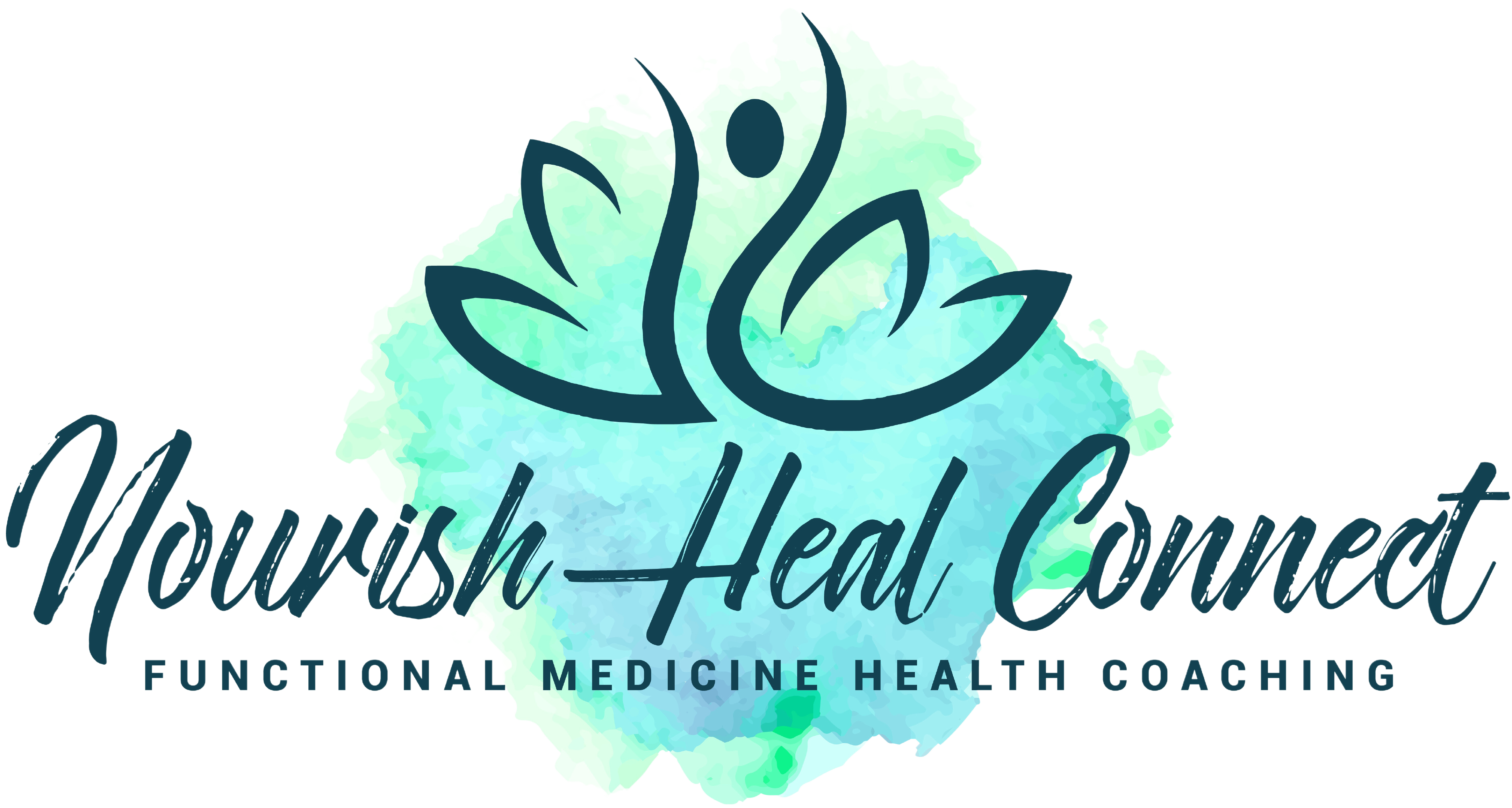4 things you need to look out for if you are dealing with chronic fatigue
Fatigue is one of the most common symptoms when it comes to autoimmune diseases. Some common underlying reasons are lack of proper sleep, low iron levels and poor nutrition. However, there may be other causes that are less common and hence remain unaddressed.
